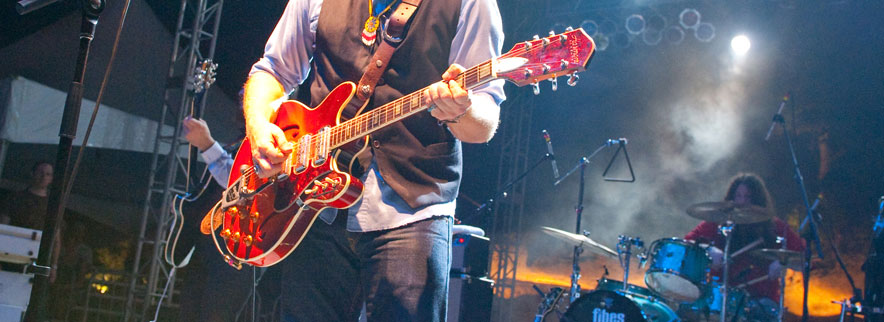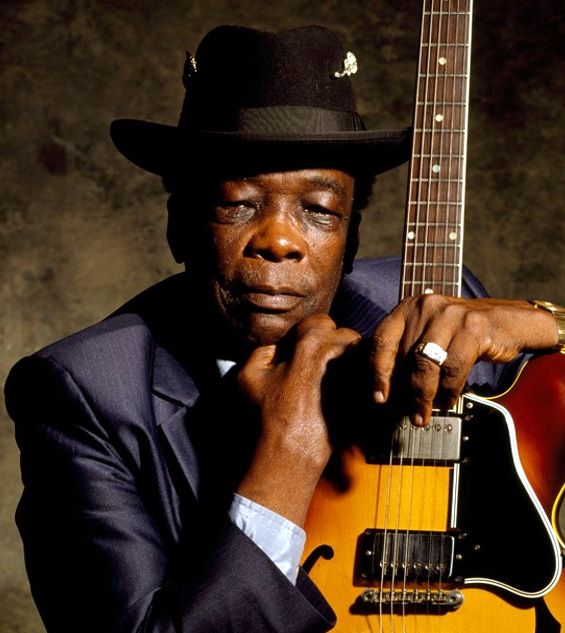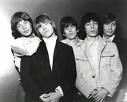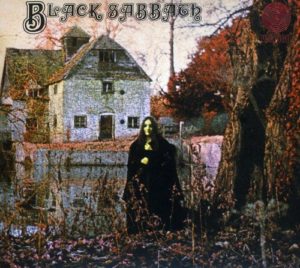Here are reviews of some of the best blues albums released after 1980, in my opinion. Do you agree?
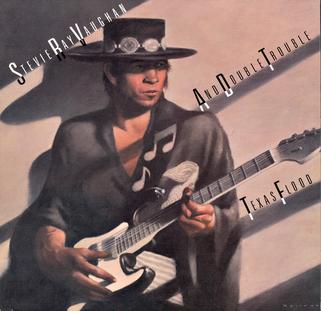
Review:
Stevie Ray Vaughan’s Texas Flood is a raw and electrifying blues album that revitalized the genre in the 1980s. With blistering guitar solos and impassioned vocals, SRV redefined modern blues. Tracks like “Pride and Joy” and “Texas Flood” showcase his technical brilliance and deep emotional connection to the music. The album successfully blends Texas blues with rock energy, making it one of the most influential blues albums of its time.
Why It Stands Out:
Revived mainstream interest in blues.
Masterful guitar work and heartfelt delivery.
Defined modern blues-rock sound.
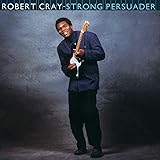
Review:
Robert Cray brought a smooth, soulful touch to the blues with Strong Persuader, an album that reached mainstream audiences while staying true to its blues roots. Songs like “Smoking Gun” and “Right Next Door (Because of Me)” are polished yet emotionally charged, blending blues with R&B elements. Cray’s clear, expressive vocals and fluid guitar lines set him apart from other blues musicians of his time. I really, really, liked this album when it came out. I know that it is an important album and stands as a great testament to his playing. Still, it has been a long time since I reached for the CD……
Why It Stands Out:
Modernized blues with a polished sound. (Maybe too polished?)
Introduced blues to a broader audience.
A smooth mix of blues, R&B, and soul.
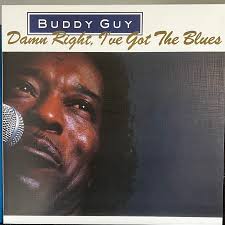
Review:
This album marked Buddy Guy’s triumphant return after years of limited commercial success. Damn Right, I’ve Got the Blues is fiery and passionate, with a mix of originals and covers featuring guest guitarists like Eric Clapton, Jeff Beck, and Mark Knopfler. The title track is a powerhouse blues anthem, while “Mustang Sally” and “Five Long Years” highlight his expressive vocals and searing guitar solos.
Why It Stands Out:
Brought Buddy Guy back to prominence.
Featured some of the best guitarists of the era.
Gritty, high-energy blues at its finest.
Oh yes, and it is WONDERFUL!

Review:
Irish guitarist Gary Moore transitioned from hard rock to blues with Still Got the Blues, an album packed with emotionally charged guitar work. The title track remains one of the most heartfelt blues ballads ever recorded, while songs like “Walking by Myself” and “Oh Pretty Woman” deliver powerful, electrified blues. Moore’s soaring solos and intense phrasing make this a must-listen.
Why It Stands Out:
A hard-rock guitarist embracing pure blues.
Passionate, virtuosic guitar work.
Emotional depth in both playing and songwriting.
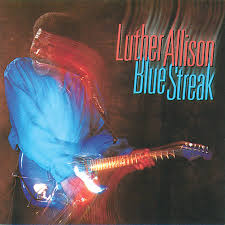
Review:
A late-career masterpiece, Blue Streak captures the fiery energy of Luther Allison’s live performances. Tracks like “Cherry Red Wine” and “Bad Love” showcase his soulful voice and high-powered guitar licks. This album mixes deep blues, rock influences, and raw emotion, proving that Allison was one of the genre’s most underappreciated legends.
I surprised myself with this pick. I didn’t think that it would make the cut but when I started listing the albums…….
Why It Stands Out:
Showcases Allison’s electrifying energy.
A mix of Chicago blues and modern production.
Deeply emotional and socially conscious songwriting.
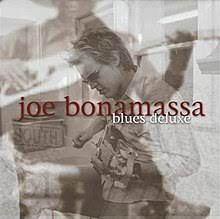
Review:
Bonamassa’s Blues Deluxe pays homage to classic blues while incorporating his modern touch. Covering legends like B.B. King and John Lee Hooker, alongside original tracks, he delivers some of his most impressive guitar work. Songs like “You Upset Me Baby” and “Burning Hell” demonstrate his technical precision and blues authenticity.
Bonamassa is not someone I instinctively like. For me, there is a certain lack of feel. However, there is no doubt that he is a magnificent guitarist! This is him at his best.
Why It Stands Out:
It’s a modern take on classic blues.
Virtuosic guitar playing.
Bridges traditional blues with contemporary production.
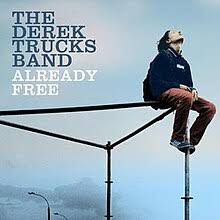
Review:
Derek Trucks brings a unique mix of blues, jazz, and Southern rock with Already Free. His slide guitar work is stunning, and the album has a laid-back yet intricate feel. Tracks like “Down in the Flood” (a Bob Dylan cover) and “Sweet Inspiration” highlight his blend of soulful vocals and rich instrumental textures.
Trucks was a great player at a rediculously young
Why It Stands Out:
Exceptional slide guitar work.
A fusion of blues, soul, and Southern rock.
Refreshingly original yet deeply rooted in tradition.
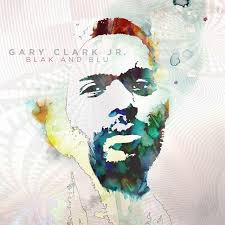
Review:
Blues took a fresh turn with Blak and Blu, where Gary Clark Jr. mixed traditional blues with rock, hip-hop, and R&B elements. “Bright Lights” and “When My Train Pulls In” are standout tracks, showcasing his raspy vocals and versatile guitar playing. This album proves that blues can evolve while keeping its emotional core.
Why It Stands Out:
A modern, genre-blending approach to blues.
Brings blues to a new generation.
Electrifying guitar and soulful delivery.
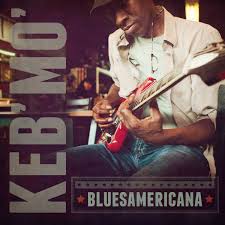
Review:
Keb’ Mo’ takes a softer, roots-oriented approach to BluesAmericana, blending acoustic blues with folk and Americana influences. Songs like “The Worst is Yet to Come” and “More for Your Money” have a warm, storytelling charm. His smooth vocals and clean guitar work create an inviting and modern blues experience.
Why It Stands Out:
This is a fresh take on acoustic blues.
Strong songwriting and storytelling.
Accessible yet authentic blues sound.
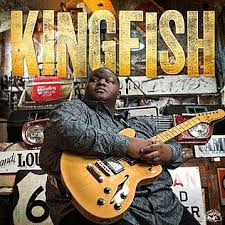
Review:
At just 20 years old, Christone “Kingfish” Ingram released Kingfish, a stunning debut album proving that the blues is alive and well. His guitar work is mature beyond his years, with influences from B.B. King, Muddy Waters, and Hendrix. Tracks like “Outside of This Town” and “Fresh Out” (featuring Buddy Guy) showcase his blistering technique and deep blues roots.
Why It Stands Out:
A young blues artist with an old soul.
Explosive guitar work.
One of the best modern blues debuts.
Final Thoughts
The blues has continued to evolve since 1980, with artists bringing their own influences while staying true to its roots. Whether through electrified blues-rock, smooth contemporary blues, or stripped-down acoustic blues, these albums prove the genre’s lasting power. I really enjoyed putting this list together. Mind you, any excuse for playing some classic, wonderful blues has to be a good thing. The order of the album is arbitrary, of course. On any other day Buddy Guy would have been top, probably.
